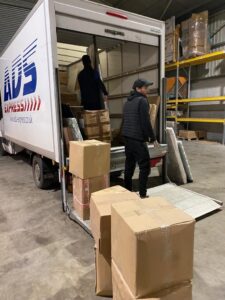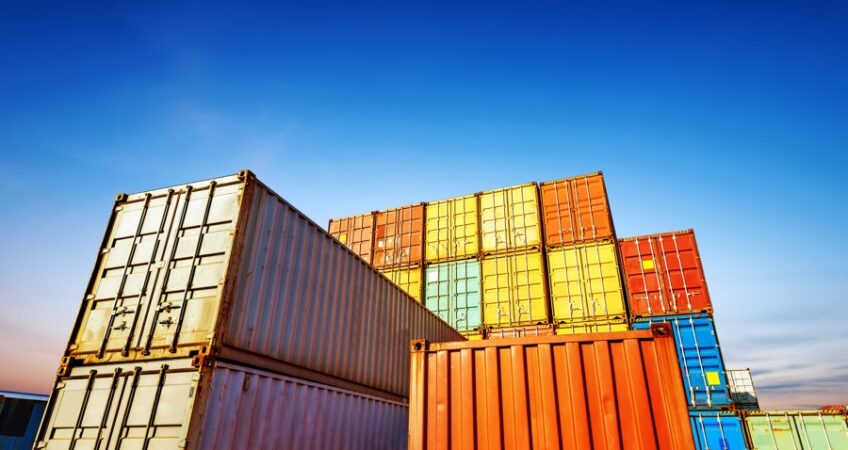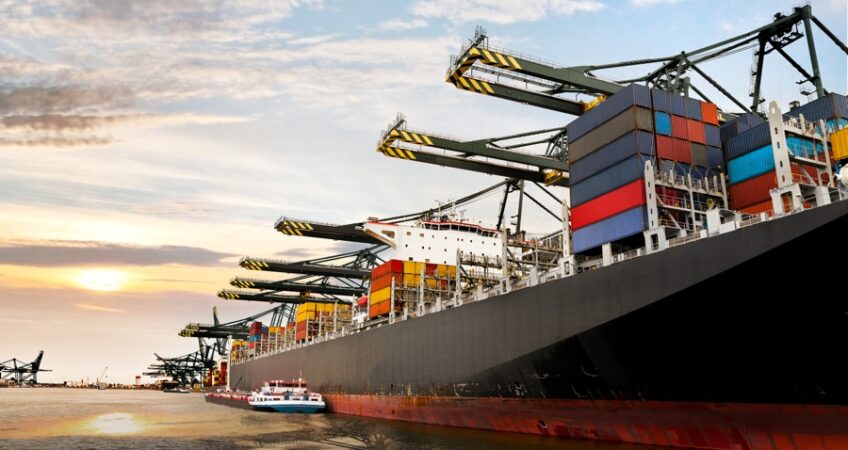Here we are not talking about food, but Pallets, large and awkward pallets.
Pallets can carry a range of things from food and drink for small and large businesses, in tandem they can host a whole house, in fact pallets can hold pretty much anything that can fit on them, which makes them the great feat in modern day transportation.
The history of pallets isn’t once what they are commonly used for, forklifts, in fact pallets go back to 1925, by a man called Howard T. Hallowell who actually named it a “Lift Truck Platform.
When they where new they where commonly called the skid, easy to slide along the floor of factories and warehouses.
Little did they know the importance of the creation of pallets during WW2. During the war the demand for Pallets went though the roof. During this term the four-way pallet was invented, pallets where crucial to allied and UK army to efficiently deliver, food, weapons and armaments as fast as possible.
We now land here today, the fact that pallets have shown they are ‘palatable’ to anything goes to show the importance for transportation companies to offer whole or more pallet deliveries.










